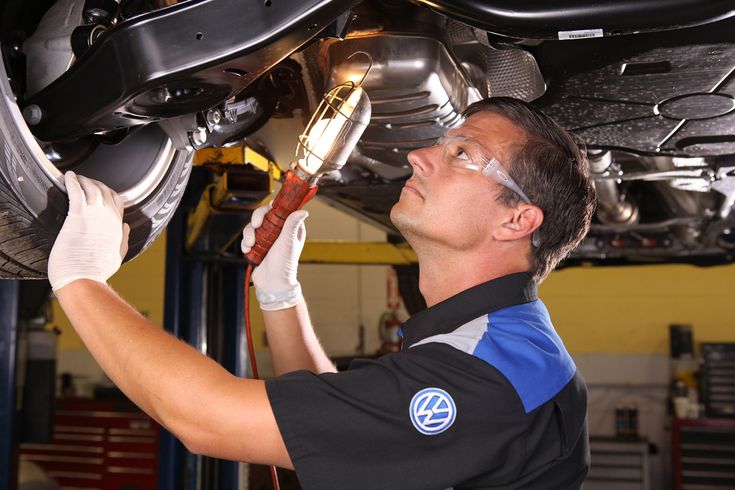Professional passenger and light truck tire technicians will earn their Certified ATS.
Certified Automotive Tire Service (ATS) is a 300 and 400-level certification program that provides in-depth and comprehensive instruction on the recommended procedures for servicing modern automobiles and light trucks.
Certified ATS is designed for the professional passenger and light truck tire technician so the subjects range from the relationship between torque and clamping force to the TPMS relearn procedures on domestic and import vehicles.
Certified ATS also includes an exclusive module on Tire Conditions Analysis that uses images from TIA's Passenger and Light Truck Tire Conditions Manual to educate technicians on the most likely reasons for common irregular treadwater patterns.
The following is a list of the 15 Modules that make up the Certified Automotive Tire Service (ATS) Program:
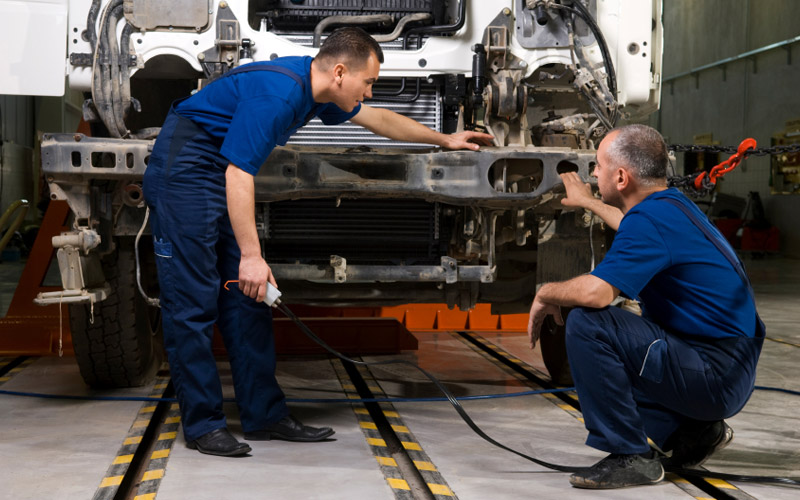
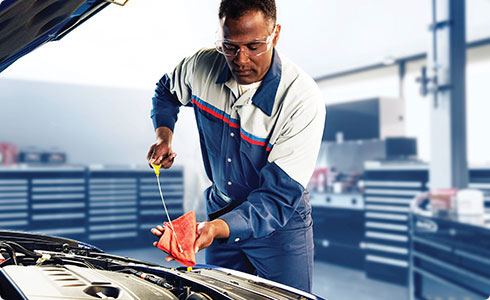
ATS Technician Certification Includes:
Certification is valid for two years, at which time you will receive notification from TIA that it is time to re-certify. The re-certification exam is available online allowing for easy access anytime and anywhere within the window of availability.
» View Course Schedules for dates.
» Registration Form
Janet Lail
CE Enrollment Manager
Enrollment Management
Email: Janet Lail
Phone: 828-327-7000 x4116
Office Number: SS 819
Susan Blake
Director of Business & Technology
Workforce Development Innovation Center
Email: Susan Blake
Phone: 828-327-7000 x4330
Office Number: CDC 103
A tire technician is an auto professional responsible for assessing different qualities of a tire, replacing it as necessary, and generally engaging with tires. Their duties include inspecting the tread levels and wear patterns of tires, as well as valve quality, air pressure, and the overall state of the tires. They also work with clients to answer any questions they might have, to explain what needs to be done with the tires, and, of course, to explain the price of the work.
Their duties include inspecting the tread levels and wear patterns of tires, as well as valve quality, air pressure, and the overall state of the tires. They also work with clients to answer any questions they might have, to explain what needs to be done with the tires, and, of course, to explain the price of the work.
To become a tire technician, you usually need a high school diploma and 6-12 months of experience. The most common jobs before becoming a tire technician are cashier, sales associate, and lube technician. Hiring managers expect a tire technician to have soft skills such as customer-service skills, detail oriented, and dexterity. Once you have all the required skills and experience, it takes an average of less than 1 month of job training to become a tire technician.
The national average salary for tire technicians is $38,376, but with the right certifications and experience, they can make up to $53,000. Getting a certification as a EPA Amusement Operators Safety Certification (EPA) will help you to earn more as a tire technician.
Between 2018 and 2028, the career is expected to grow -1% and produce -6,400 job opportunities across the U.S.
If you're interested in becoming a tire technician, one of the first things to consider is how much education you need. We've determined that 9.9% of tire technicians have a bachelor's degree. In terms of higher education levels, we found that 0.6% of tire technicians have master's degrees. Even though some tire technicians have a college degree, it's possible to become one with only a high school degree or GED.
High School Diploma
56.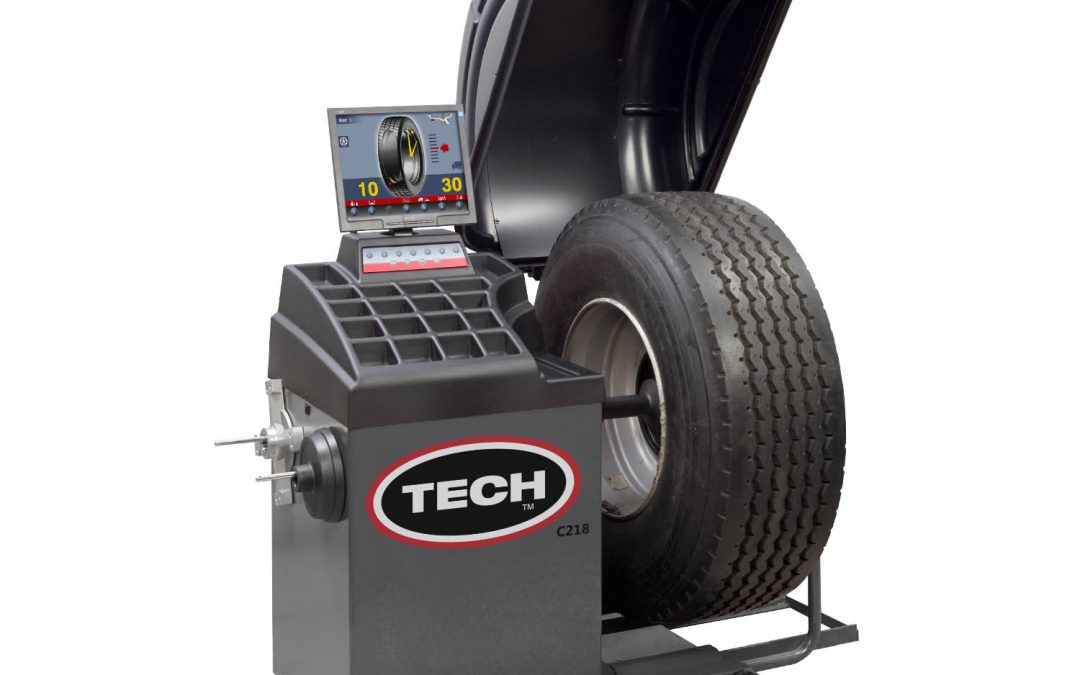 1 %
1 %
Associate
14.8 %
Diploma
13.2 %
It'll be a good idea to develop tire technician skills before applying for a job. Here are some skills commonly requested in tire technician job descriptions:
Tire technicians spend an average of Less than 1 month on post-employment, on-the-job training. During this time, new tire technicians learn the skills and techniques required for their specific job and employer. The chart below shows how much time it takes to gain competency as a tire technician based on U.S. Bureau of Labor Statistics data and data from real tire technician resumes.
None
Less than 1 month
1-3 months
3-6 months
6-12 months
%
20%
40%
60%
80%
100%
Certifications can show employers you have a baseline of knowledge expected for this position.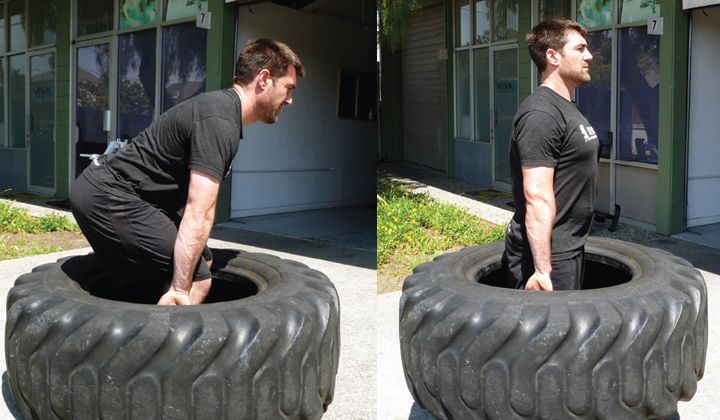 They can also make you a more competitive candidate. Even if employers don't require a certification, having one may help you stand out in an application. Plus, the process of getting a certification can teach you new skills that you can bring to your work. We determined the most common certifications for tire technicians. The most common certification is EPA Amusement Operators Safety Certification (EPA), but Emergency Medical Technician (EMT) is also frequently seen in tire technicians resumes.
They can also make you a more competitive candidate. Even if employers don't require a certification, having one may help you stand out in an application. Plus, the process of getting a certification can teach you new skills that you can bring to your work. We determined the most common certifications for tire technicians. The most common certification is EPA Amusement Operators Safety Certification (EPA), but Emergency Medical Technician (EMT) is also frequently seen in tire technicians resumes.
More About Certifications
When you decide to become a tire technician, It's important to know what duties and responsibilities are required for this position. Some common responsibilities are a part of most tire technician jobs. Here is a list of the main duties that define the role:
Some common responsibilities are a part of most tire technician jobs. Here is a list of the main duties that define the role:
Finally, when you already have checked the skills and responsibilities for this role, you can start creating your resume. Everything that goes into creating a perfect resume can take hours, days, or even weeks. No worries, we created a resume builder to make this process as easy as possible with tips and examples of skills, responsibilities, and a summary.
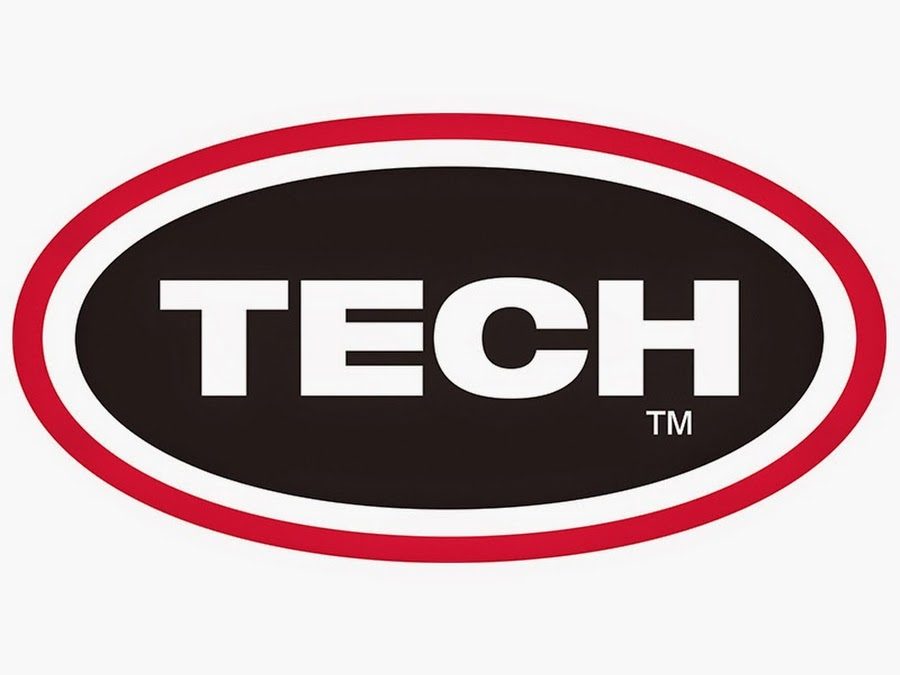 Browse through our resume examples to identify the best way to word your resume. Then choose from 10+ resume templates to create your plumber resume.
Browse through our resume examples to identify the best way to word your resume. Then choose from 10+ resume templates to create your plumber resume.With your ready resume, it's time to start searching for a new job. Consider the tips below for a successful job search:
Tire Technicians in America make an average salary of $38,376 per year or $18 per hour. The top 10 percent makes over $53,000 per year, while the bottom 10 percent under $27,000 per year.
Average Tire Technician Salary
$38,376 Yearly
$18.45 hourly
$27,000
10%
$38,000
Median
$53,000
90%
See More Salary Information
What Am I Worth?
Updated November 18, 2022
Tire fitting courses are in high demand, as are tire fitters themselves (tire fitters). Individual specialists are increasingly required for straightening and rolling discs, changing tires, and repairing them.
Individual specialists are increasingly required for straightening and rolling discs, changing tires, and repairing them.
Universal tire fitters and tire fitters who know how to find an approach not only to cars, but also commercial vehicles, including special equipment, buses, "heavyweights" - trucks, road trains, tractors, are especially valued.
Tire fitting services are relevant in a variety of situations, for example:
Responsible training in tire fitting and balancing avoids a number of mistakes, among them:
 One powerful rolling jack is used ... and the geometry of the car changes. Security and manageability are at risk.
One powerful rolling jack is used ... and the geometry of the car changes. Security and manageability are at risk.  You don't have to bother and download "dvoechka" on any wheels. But this is a very unprofessional tactic. Each vehicle has its own wheel inflation scheme. Most often, it is indicated by the manufacturer on the gas tank flap. By the way, an under-inflated rather than an over-inflated tire is the most dangerous, since it is a low-pressure tire that is most vulnerable to punctures, it bulges and becomes a kind of “magnet” for nails and other objects with a sharp “character” that may meet on the way. nine0011
You don't have to bother and download "dvoechka" on any wheels. But this is a very unprofessional tactic. Each vehicle has its own wheel inflation scheme. Most often, it is indicated by the manufacturer on the gas tank flap. By the way, an under-inflated rather than an over-inflated tire is the most dangerous, since it is a low-pressure tire that is most vulnerable to punctures, it bulges and becomes a kind of “magnet” for nails and other objects with a sharp “character” that may meet on the way. nine0011 Ideally, a specialist who has undergone comprehensive training in tire fitting and wheel balancing should have the following things bounce off their “teeth”:
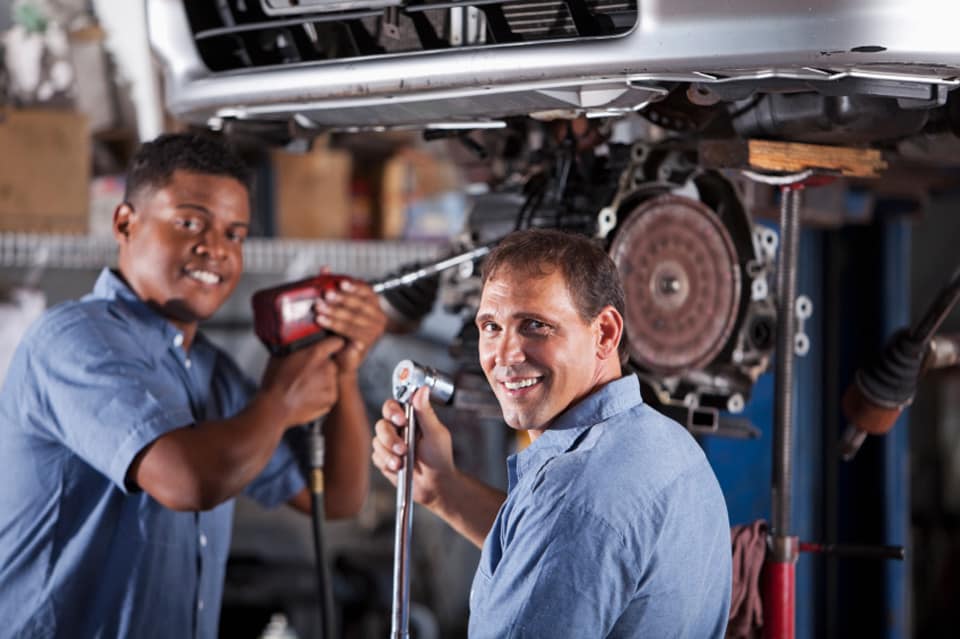 Including, the study of the specifics of interaction with machines, boosters for explosive tire inflation, jacks, vulcanizers, weights, harnesses, fungi for tire repair.
Including, the study of the specifics of interaction with machines, boosters for explosive tire inflation, jacks, vulcanizers, weights, harnesses, fungi for tire repair. One of the problems, if you want to get comprehensive knowledge and improve your skills in the field of tire fitting, is to find a suitable training center. Still, the direction is highly specialized, and it is not so easy to find it near the house. But thanks to modern technology, there is no need to look for tire fitting courses in Tyumen, a specific area of \u200b\u200bthe vast St. Petersburg, or even more so Moscow. You can purchase access to the electronic interactive program Tires, wheels and tire fitting on the ELECTUDE platform. Classes are available from anywhere in Russia, and not only in Russia, but also in other countries (the course organizers have representative offices in Belarus, Kazakhstan, Ukraine). nine0003
But thanks to modern technology, there is no need to look for tire fitting courses in Tyumen, a specific area of \u200b\u200bthe vast St. Petersburg, or even more so Moscow. You can purchase access to the electronic interactive program Tires, wheels and tire fitting on the ELECTUDE platform. Classes are available from anywhere in Russia, and not only in Russia, but also in other countries (the course organizers have representative offices in Belarus, Kazakhstan, Ukraine). nine0003
The software product is focused on modular learning. The program includes 16 training modules. Particular emphasis is placed on the arrangement of vehicle wheels, service operations, including maintenance and operation of discs, tires, tire pressure monitoring system. Estimated time for studying the material is 10 hours. But please note: this is an average time. Everyone can work at the most convenient rhythm for themselves and master the program at a more intensive or “stretched” pace. nine0003
In addition, it is important to understand that this is not just training, but a comprehensive certification system. Therefore, service station training centers have every opportunity to not only train specialists, but also organize an objective assessment of their competencies, and select worthy personnel for the tire repair area.
Therefore, service station training centers have every opportunity to not only train specialists, but also organize an objective assessment of their competencies, and select worthy personnel for the tire repair area.
Certification system, “sharpened” for tire fitting, is 15 special test modules. The total time for passing the certification is 3 hours.
For graduates of 9th and 11th grades.
Federal project of distance education. nine0003
nine0003
Take the test, find out your future profession and how to get it.
Get inspired to become a cool engineer to change the world
Moscow Polytechnic students talk about their inventions
120 years of training experience
MKIK - modern college
Together with Wall Street English experts, we decided to talk about the English language in a way that would make you want to learn it.
Simple but important rules for safe online behavior. nine0003
List, calendar, levels, benefits.
We talk about what lives and how the Russian Economic University named after G. V. Plekhanov.
V. Plekhanov.
Participate in the competition and win a trip to Holland to study at one of the summer schools at Radboud University.
nine0089 Digital HeroesThey create Internet services, social networks, games and applications that are used daily by millions of people around the world.
How new technologies, scientific discoveries and innovations will change the landscape of the labor market in the next 20-30 years
Together with the Foxford online learning center, we decided to ask schoolchildren who they dream of becoming and where they plan to go. nine0003
About what the modern economy is and what career prospects open up for future economists.
We talk with experts about the importance of liberal arts education and the areas of its application in practice.
Engineering specialties are becoming more and more in demand and promising.